So you’ve decided to build your campervan and started researching what you need. When it comes to insulation…you have questions. You’re in luck because we have answers!
Insulating your campervan can feel like an overwhelming project. While it is a lot of work to properly insulate your van, it’s also one of the most important things you can do to make it comfortable.
So, let’s talk about insulation—what it is, why we need it, and the best insulation options for your build.
Table of Contents
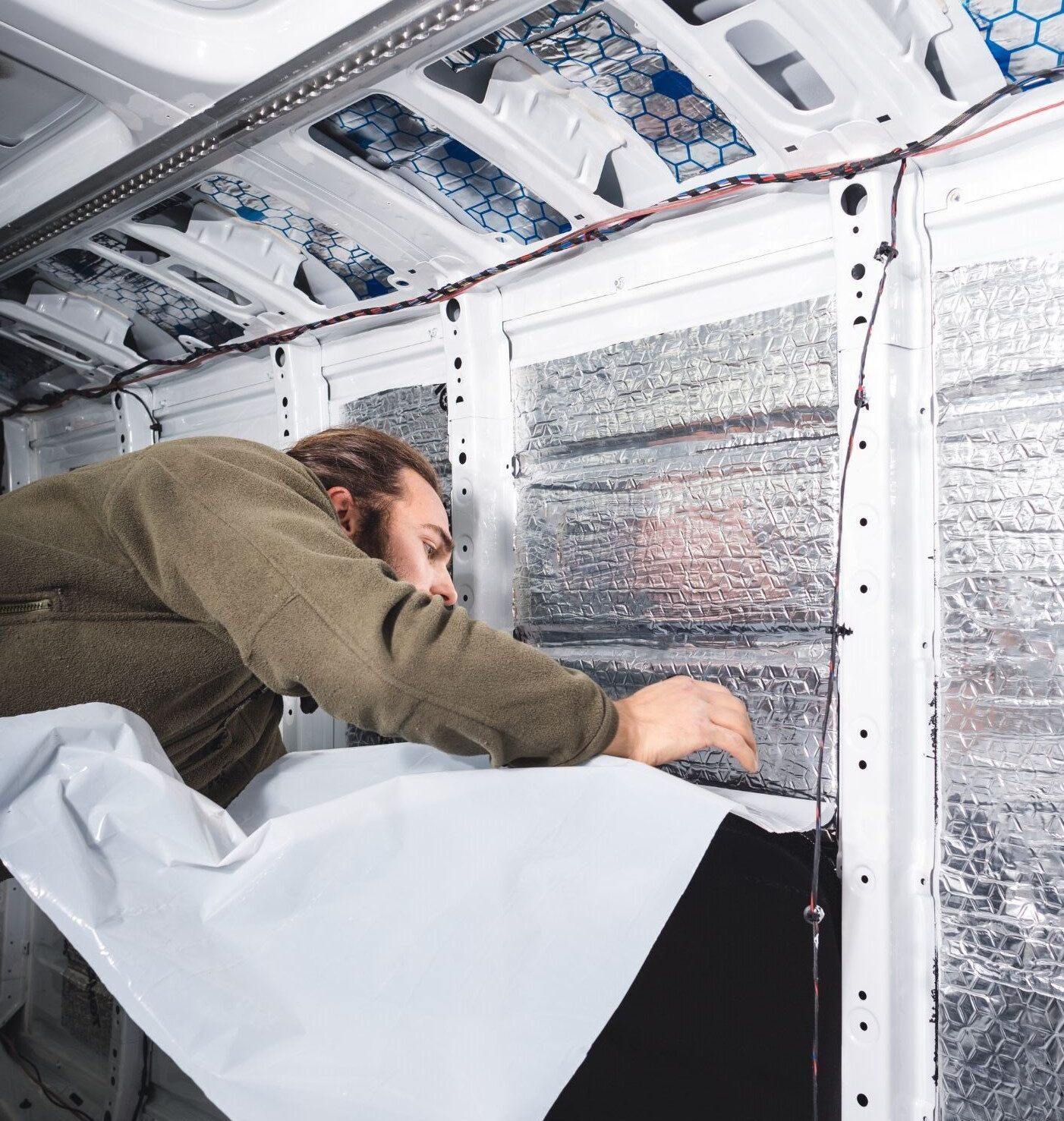
Do You Need Campervan Insulation?
This is a great question, particularly if you van life or RV in a warm climate. If you live or plan to travel in a place that doesn’t get snow—or even get cold—you may not think you need it.
This is not entirely true. While you can get away with not insulating your van for warmer climes, it’s not recommended. Many people forget that insulation doesn’t just keep the cold out: it also keeps the cold in. An insulated van will stay warmer in the winter and cooler in the summer.
The short answer is yes. You need campervan insulation. What type you need may vary, depending on where you plan to travel. So let’s talk about that.
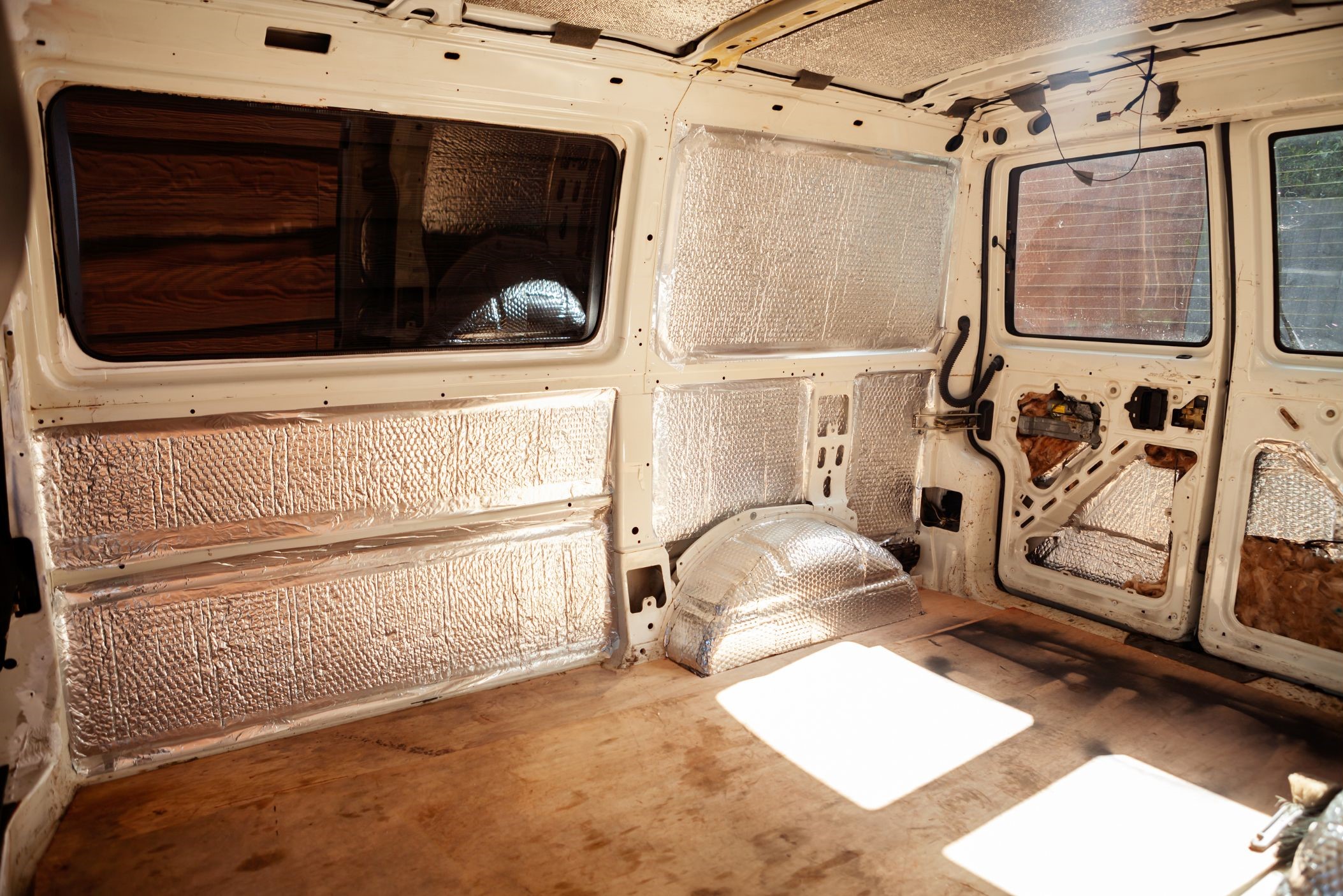
What Is the Best Campervan Insulation?
Unfortunately, the best campervan insulation isn’t a single product. It’s a combination of several things. A van is tricky to insulate because it has large, exposed areas and small, tight spaces, and both of those areas need to be insulated. Vans are also susceptible to dampness, so your insulation needs to include a way to reduce condensation buildup.
So, your “best” campervan insulation option will probably be a combination of several different types of insulation: something to insulate the large areas, something to fill the cracks, a vapor barrier (maybe—more on this later), and some optional add-ons like reflective window inserts and thick rugs or tapestries to hang up inside.
What to Consider When Selecting Your Campervan Insulation
Your insulation should tick a few boxes. First and foremost, you want it to insulate. The most important value to pay attention to here is the R-value of whatever material you are looking at. The R-value will tell you how well a particular material insulates at certain thicknesses. The higher the R-value, the better it is at insulating.
Other things to consider include:
- chemical off-gassing (many insulators leech harmful chemicals that you probably don’t want inside you)
- eco-friendliness (sheep’s wool is pretty sustainable but also quite expensive)
- cost
- water resistance
- fire resistance
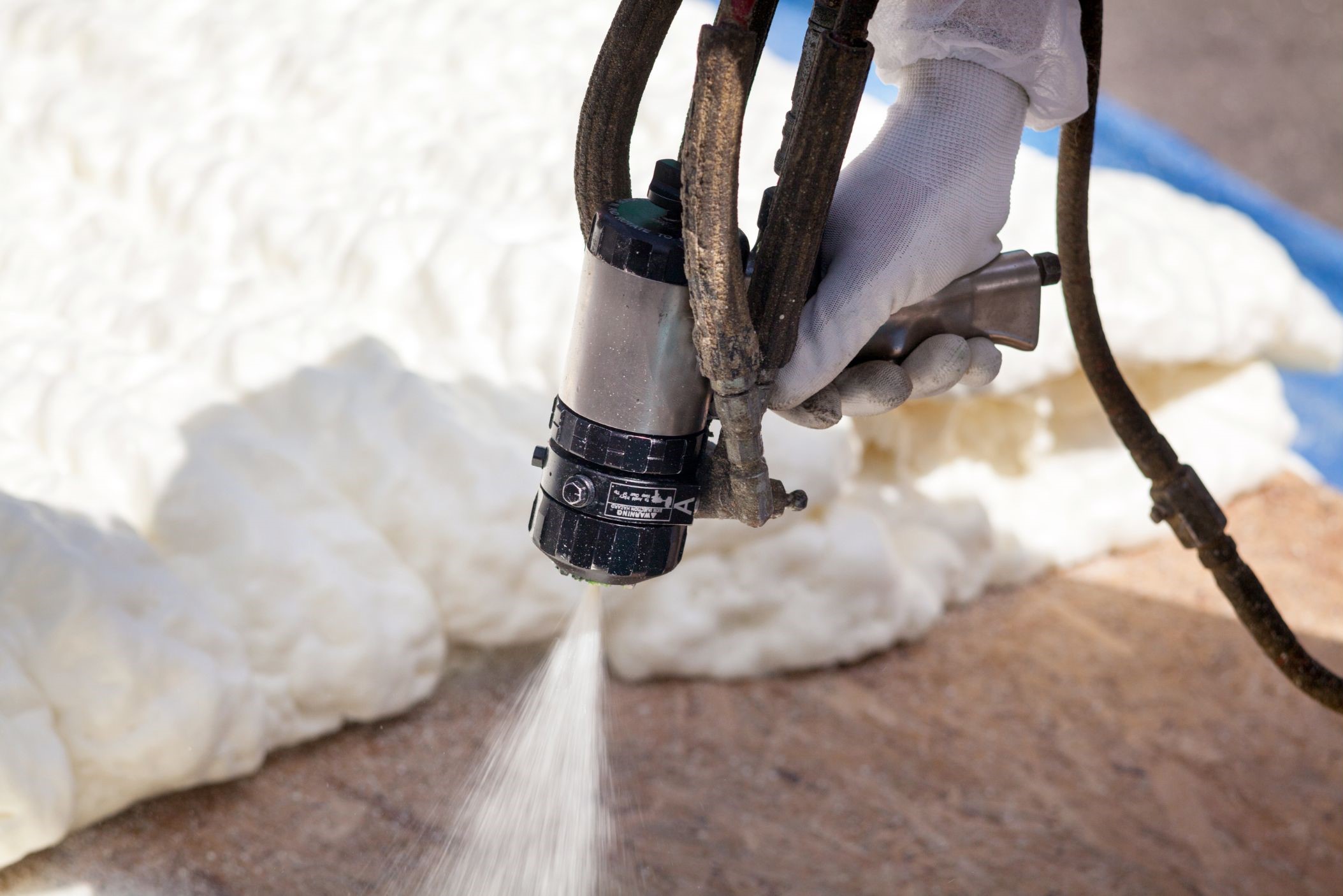
Top Campervan Insulation Options
Here is our list of the most popular campervan insulation options, along with how they are best used and where you might want to install them.
Foam Board
Polyiso foam board is great for insulating the large, exposed areas of your van, like your roof or floor. It’s fairly easy to cut and shape, not too painful to install and does a really good job of insulating. It’s also fire-resistant. The R-value increases with the thickness of the foam—keep in mind that thinner insulation will be easier to install and work with, but thicker will provide more insulation.
The downside of foam board is that it is not very eco-friendly or water-resistant, so if you aren’t careful, it will start to mold or rot.
Spray Foam
Spray foam is much easier to install than foam board. There is no need to cut or wrangle large pieces of rigid board into place; simply spray, and you’re done. This works great for filling in small spaces like cracks and tight areas between your foam boards. However, we don’t recommend trying to insulate your whole van with it.
The major problem with spray foam (both open and closed cell) is that it is known for being unfriendly to the environment, although some types claim to be more environmentally friendly than others.
3M Thinsulate
3M Thinsulate is another easy-to-work-with type of insulation that is soft, flexible, and easy to install. It’s also fire-resistant, waterproof, and doesn’t give off a lot of toxic gas. You could use it in place of foam board, as it comes in quite large swaths, but it’s much pricier than foam board, so we recommend using it in a manner similar to spray foam: to fill in cracks and smaller areas.
Wool
Havelock wool is extremely eco-friendly and can be used in the same places as spray foam or Thinsulate. The only problem with it is that it is not waterproof, and some people report that it can have an odd smell, at least at first. However, there is no worry at all about off-gassing, and if you are concerned about sustainability, it’s a great choice. It is more expensive than some types of insulation, but some feel the benefits outweigh the higher investment.
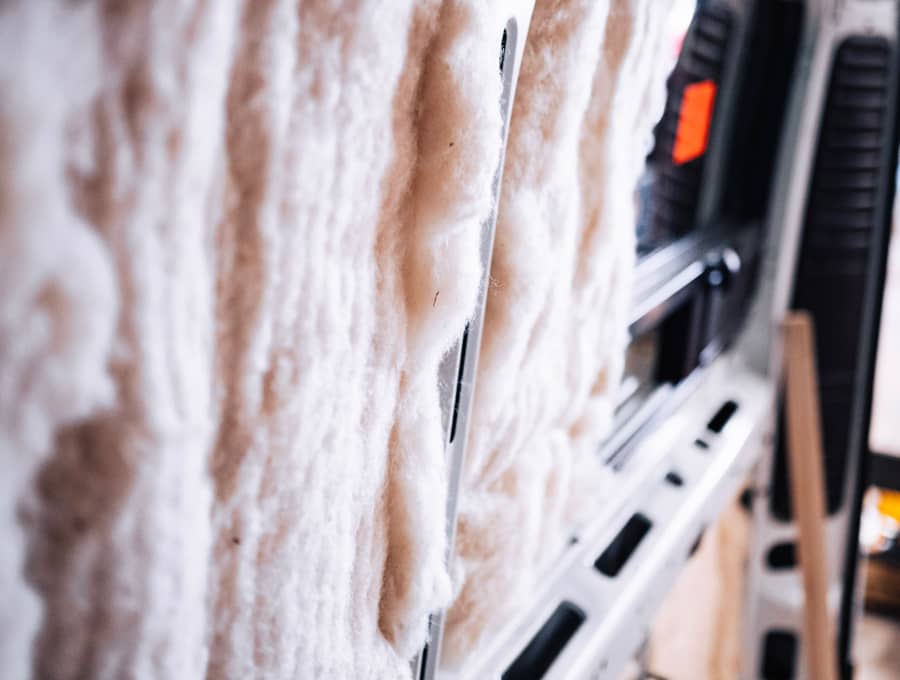

Draught Excluder
No matter what type of insulation you go with, you’ll want to use draught excluder around the windows and doors. Draught excluder is thick, adhesive foam cut into ½ inch wide strips, that can be installed around door jams to fill in cracks where warm air can leak out or cold air can leak in.
Condensation
One of the main problems you will face when it comes to insulating your van (particularly in cold climates, or at least in climates cold enough to have a dew point) will be keeping it dry inside. When air cools, it condenses, meaning moisture comes out of the air and ends up on surfaces inside your van. This can lead to discomfort (sleeping in a damp bed is zero fun), mold, and rot. Worst of all—it can mold or rot your insulation.
The best way to keep condensation out is to keep the air in the van warm. Consider investing in a diesel or propane heater if you’re traveling in very cold climates. You should also make sure your van is well-ventilated, as this will keep the moisture down. Dehumidifiers are also excellent for this.
Another way to mitigate condensation is to install a vapor barrier. However, you should only do this if you really know what you’re doing and can guarantee you will install it correctly.
A vapor barrier is a thin material that wraps your insulation and, in theory, prevents moisture from getting to it. However, it only does this if the seal created by the vapor barrier is complete. If there is even the smallest chance that moisture can get through, a vapor barrier can actually trap moisture inside the insulation, leading to even more mold and faster rot.
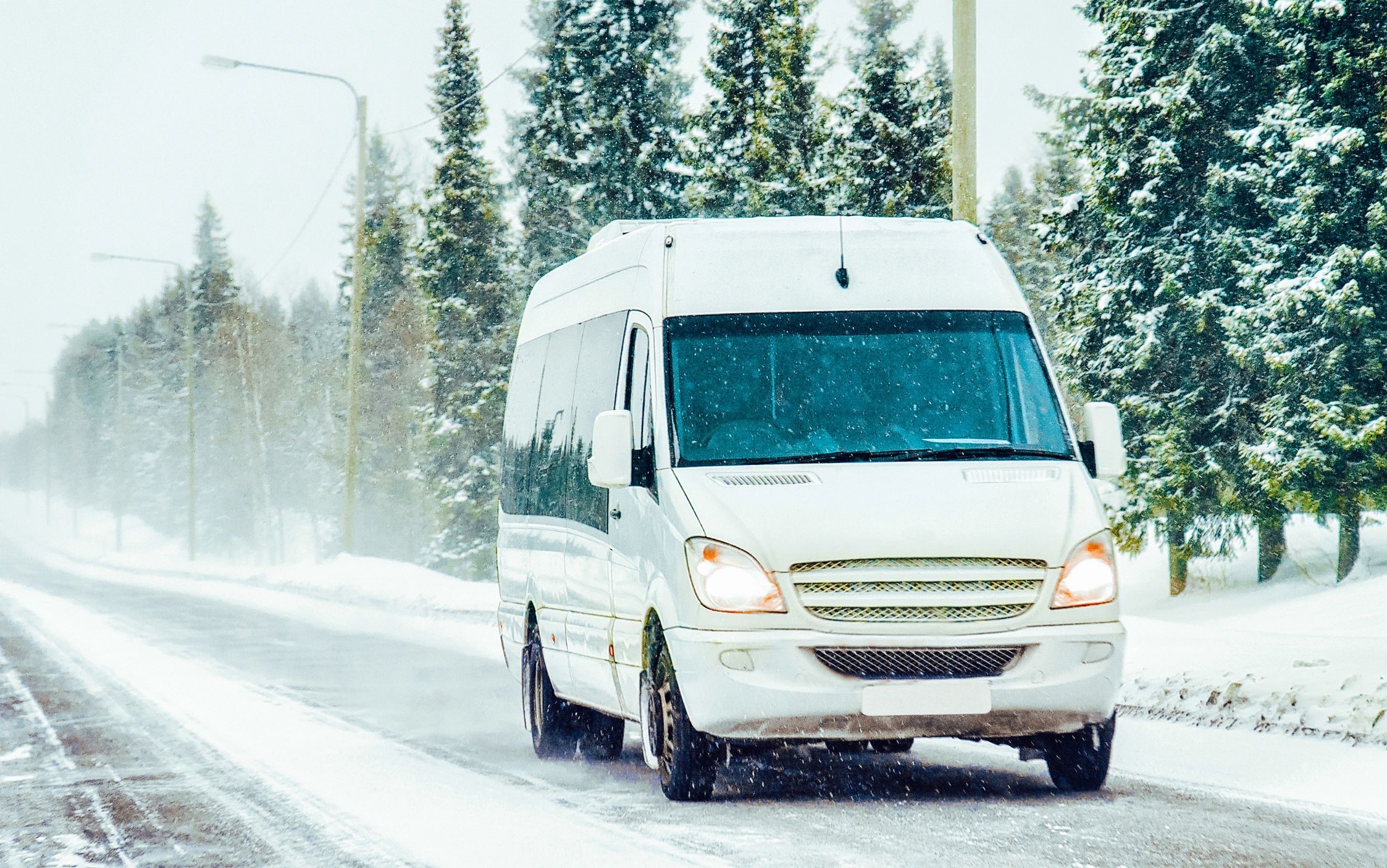
How to Choose Insulation for Your Campervan
The best campervan insulation for you will be a combination of materials and will depend on your budget, location, and concerns about eco-friendliness and health.
As with all things van-related, correctly installing your insulation can mean the difference between a dry, well-insulated van and not, so take your time and always read manufacturer directions before starting.
Insulating your van can be a tricky task, but it’s more than worth it for your health and comfort!


